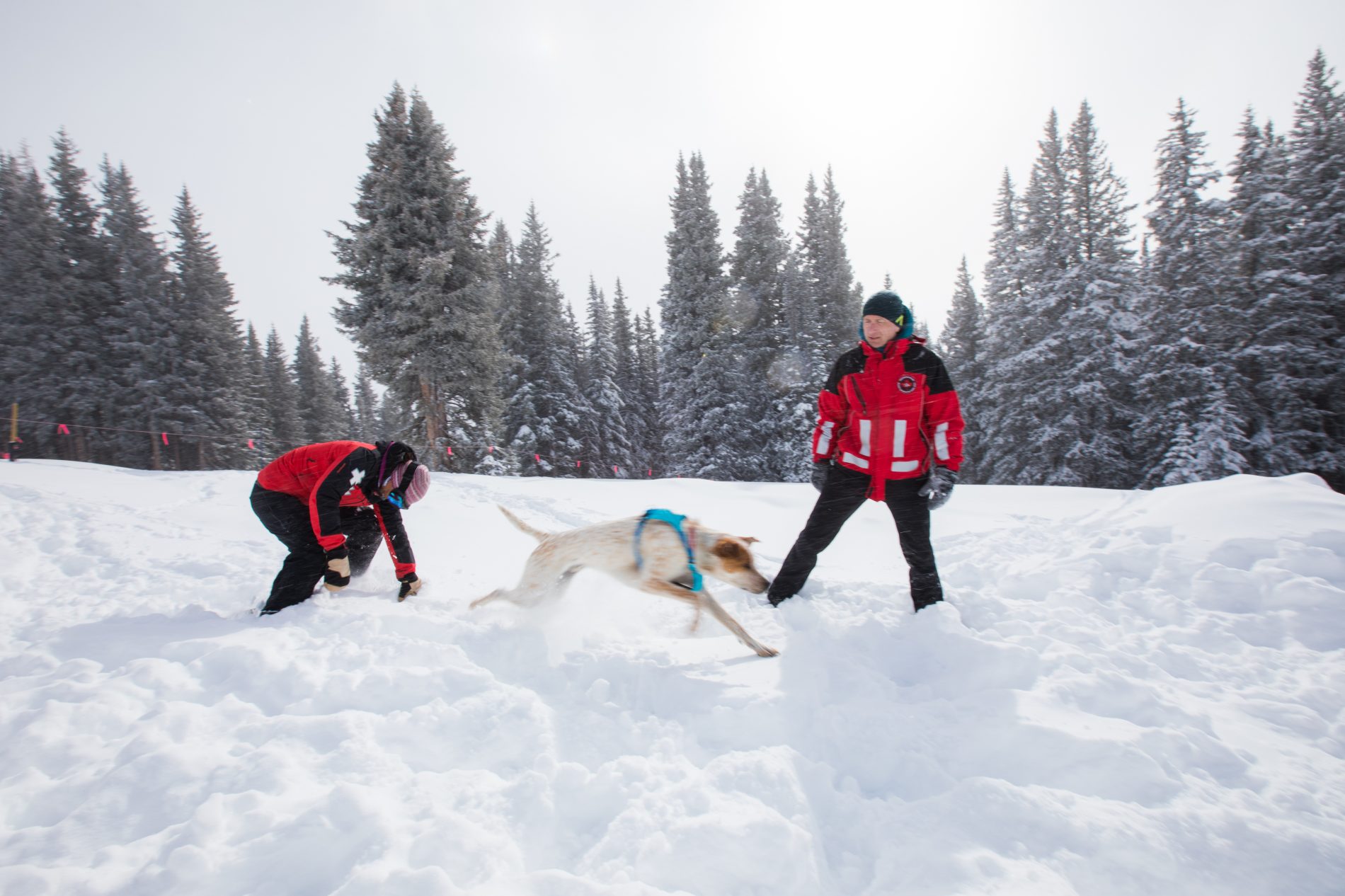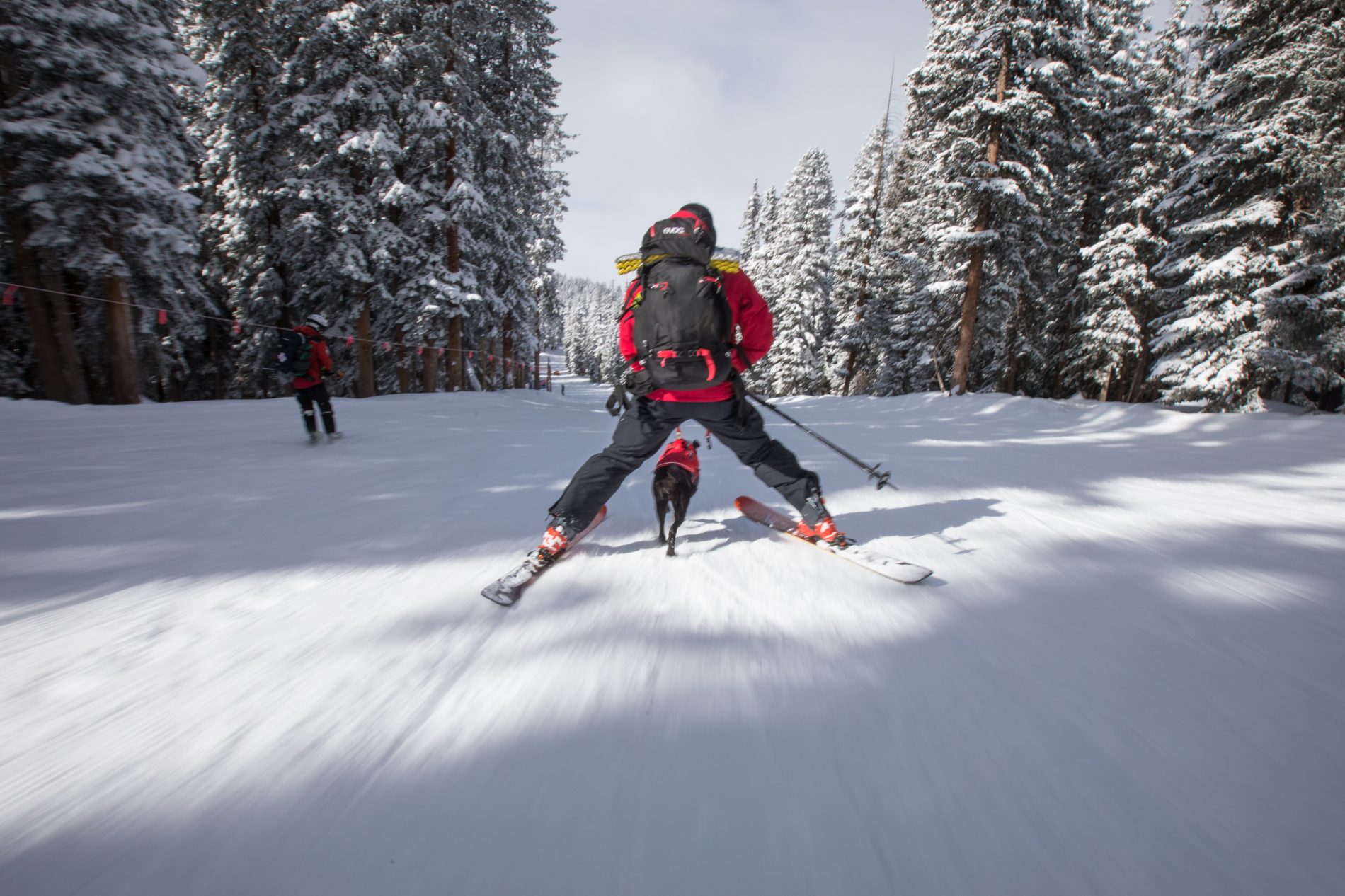Water Rescue Training | July 2020
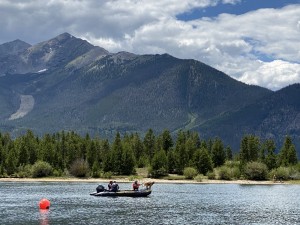
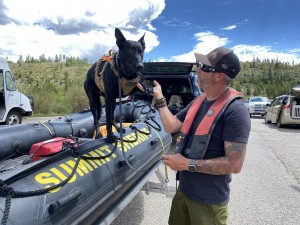
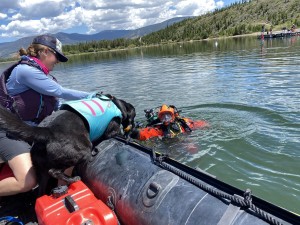
This past week, a few C-RAD teams had the opportunity to participate in water rescue training with Summit County Search and Rescue Group. Water training involves the same scenting techniques used in avalanche search and rescue, but the dog must remain in the boat, presenting a new learning curve for dogs and handlers.
The end goal is the same: to find submerged victims. Instructor Jake Hutchinson sums up the training by saying, "At the end of the day, human scent is the same regardless of the medium. It's just exposing the dogs to the different nuances of each and learning to read them." Ultimately, some dog teams will become certified in water search and rescue, and for other teams, it's an excellent way to keep them thinking and using their noses.
Stay tuned for an upcoming blog post about the strong relationship between C-RAD and Summit County Rescue Group, and why it's an essential collaboration.
Puppy Training During a Pandemic

When C-RAD dog handlers Janie Merickel and Nick Slaton each brought puppies home in February, they had no idea they'd be training Charger and Neve under stay-at-home restrictions. What they discovered is that quarantine provides a valuable opportunity for bonding and training time, especially with the mountains in their backyards. At a little over four months old, these avalanche dogs are learning fundamentals of bonding, socialization and engagement.
"Overall, it’s been fantastic," Merickel said. "There are some things I wish we could do more of, like spend time with strangers [for socialization], or work on distracted obedience; things like having her sit at the entrance of the grocery store as people go in and out...distracted obedience is something we’ll have to simply pay more attention to in the upcoming months."
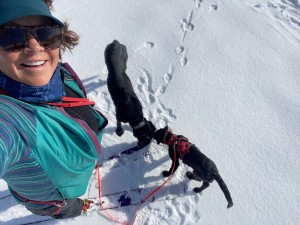
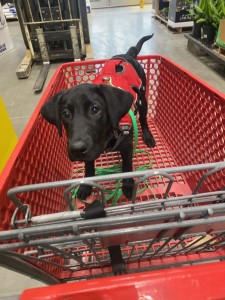
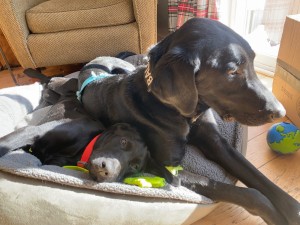
It's common as dog enthusiasts, and especially as working dog handlers, to feel unnecessary training pressure with their puppies, which is defeating. Instead, Merickel emphasizes observation and engagement with Charger's natural inclinations, and how she can tailor her training plan around the dog.
Slaton echoed similar sentiments. While it's an unusual time, he's grateful for the extra time with Neve. "Sure it would be great to be on snow, riding snowmobiles, skiing [at the ski area], and getting these pups accustomed to the lifestyle. We would normally be preoccupied with the daily grind but are now presented with a great opportunity to build trust and continue engagement training, which can be very important foundation work," he said.
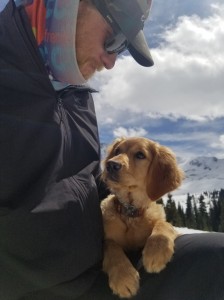
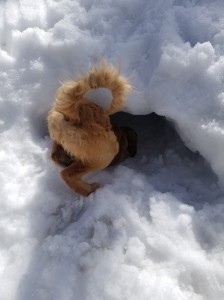
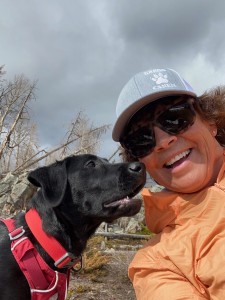
Merickel said taying at home has actually allowed more time together as dog and handler, along with the entire family, strengthening the bond, trust and understanding that's key to success as search and rescue training progresses.
"I learn about [Charger] and accept her ways, and she adapts to me, the handler, the great provider of all things important. Whew, when I say it like that it really does sound like a lot of responsibility, but it is, and I view it that way. This puppy is a gift, and I will do whatever it takes to do the right things, to get the best training to become the best asset for our community," Merickel said.
The Important Role of Avalanche Technicians
If you follow C-RAD, you've likely heard us talk about avalanche technicians. Sometimes, you'll hear us refer to them as "avy techs" or just "techs." While handlers and dogs are often the primary focus in media content and coverage, the avalanche technician role is equally necessary and valuable for successful search and rescue. Who are C-RAD techs and what does that role encompass?
Avalanche technicians are professionals in the industry, meaning they're already part of a search and rescue organization or ski patrol team, and have high-level training in snow science and avalanche safety. They have strong mountain rescue backgrounds, combined with backcountry experience.
The main focus for techs:
- Site command
- Site safety
- Communication
- Assisting the handler + dog team
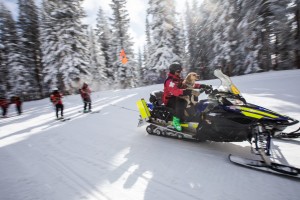
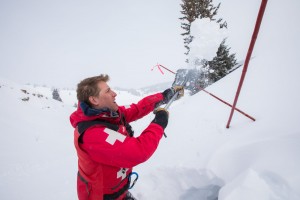
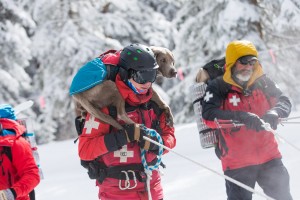
In a mission scenario, avalanche technicians clear avalanche debris of beacon and RECCO signals, letting the handler and dog team focus on their search strategy. Techs are in constant communication with the dog handler, prepared to keep a big picture view of the mission and solve problems as they arise.
Other potential objectives:
- Medical care
- Navigation planning
- Incoming resource planning
- Rigging rope systems for evacuation
C-RAD has placed a lot of emphasis on the avalanche technician + handler + K9 model approach because we believe it's extremely effective. We want our teams to be prepared to be first on-scene, and be able to initiate a response before a larger search and rescue team arrives.
As we evolve and improve our avalanche technician training and standards, our goal is to become a leader in our approach. We see it as our duty to provide as many resources as possible for our techs to build upon their knowledge and help further the C-RAD mission. Thank you to all our avalanche technicians who dedicate their time and energy to this work!
2020 Winter Course | February 2-6
Last week, we hosted our 6th annual C-RAD Winter Course at Vail Mountain in Colorado. It was a whirlwind five days of classroom learning, dog obedience training, avalanche rescue scenarios and more. Over 30 dog teams from Colorado and surrounding states joined us, in addition to 13 avalanche technicians, plus instructors from the U.S. and Canada.
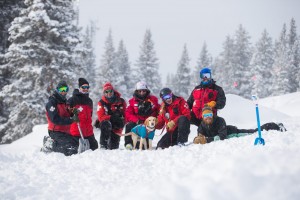
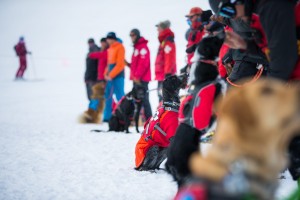
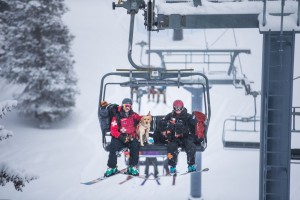
For the first time, we dedicated a full day to avalanche technician training. "Techs," as we call them, are integral to avalanche search and rescue. Stay tuned for an in-depth look at the technician role on the blog, coming soon!
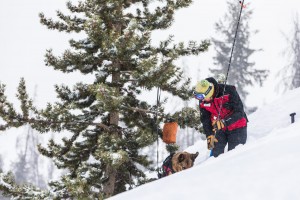
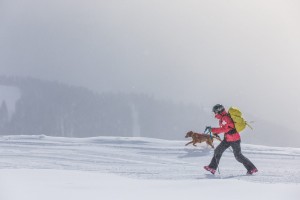
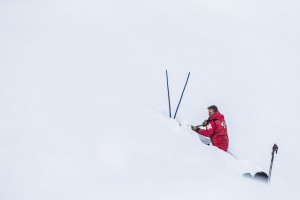
Thank you to everyone who joined us, especially those who traveled long distances to share their knowledge and insights with us. This training is invaluable for us to continue to further the C-RAD mission. See you next year!
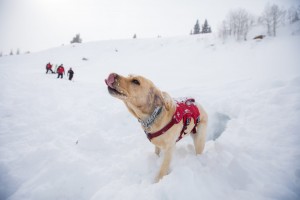
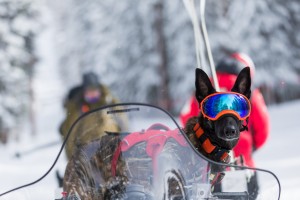
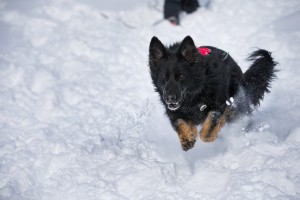
C-RAD Instructor Profile | Jay Pugh
We couldn't do what we do without the knowledge and dedication of instructors like Jay. Raised in Jasper, a small town in the Canadian Rockies, Jay works in Calgary as part of the K9 division of the Canada Task Force. We asked him some questions about his history as a dog handler and instructor to find out what it's like to work with teams like C-RAD and to pursue a career in this specialized field.
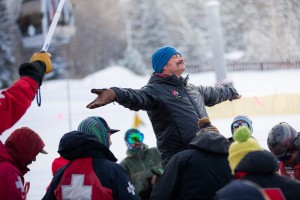
How did you become involved with training search and rescue dogs? What's your motivation behind being an instructor?
In 1990 I started working with a Parks Canada Doghandler with my first dog, Cruise. He guided me into the Canadian Avalanche Dog Rescue Association which I joined in 1993. After getting a job as a firefighter in Calgary in 1996 I realized that I wasn't really viable as a responder to avalanches and I asked to become an instructor so that I could continue my involvement in a meaningful way. I was already an outdoor first aid instructor and was enjoying it. I’d like to add that I had the incredible good fortune to be mentored as an Instructor by Roy Fawcett who was the RCMP dog coordinator for British Columbia and the Head Instructor for CARDA. Exceptional dog trainer and even more so a human trainer.
What do you enjoy most about training and working with dogs and handlers?
The people. Seeing the dedication and the sheer effort to learning the handling skills and relating to the dog is humbling. The vast majority of the students I’ve worked with are doing this to help others so I see the best in people.
How did you become involved with C-RAD? What's your favorite part about teaching at the C-RAD courses?
On one of the last CARDA (Canadian Avalanche Rescue Dog) courses I taught I met John Reller (dog handler at Arapahoe Basin and C-RAD instructor) and hit it off with him. I encouraged him to come to a course I was helping with in the Tetons, and after that course he invited me and Lane Crister to come to C-RAD. The energy at C-RAD is fantastic! The thirst for knowledge is tangible and the hospitality I’m shown is as good as it gets and I’m very grateful for it.
Also John has assembled a group of instructors that have a very different set of skills and background. We all get along extremely well because we are all dedicated to the student and respect the different ways and techniques each one of us has. It’s a privilege to work with that sort of knowledge and open minds.
What do you enjoy about training avalanche rescue dogs specifically? What are the challenges? What are the rewards?
The dogs don’t have an ego and the best search dogs are born for it so I get to see them do what they love. The challenges are finding out why this isn’t happening and getting the complex part (the human) to recognize what they have to do. The reward is watching the bond develop when said handler sees their dog performing as a result of what they’re doing. It’s harder to get people to see what they’re doing right sometimes.
How do you see C-RAD and programs like it continuing to evolve?
There will always be new ways and ideas so there will be some changes in the way dogs are trained. My hope is that the cooperation and mutual support that is so prevalent in C-RAD now is always part of the culture. I think it’s important to any organization to promote everyone taking responsibility for the group. Leadership roles are very difficult, and without open communication and support from the group it becomes a soul sucking task. Developing mentorship is important as well. There are handlers who are on their own and really benefit from the help of an experienced team that can teach. On the ski hills a new team performs better with the help and support of the older teams. Again, C-RAD is in a position where this is happening now and have the opportunity to make it culture. Where support and guidance is a given.
What's your favorite moment from your work with dogs and handlers over the years?
Many favourite moments and I’ll use a defining quote from a student I worked that sums up the privilege I’ve been given to teach search dog teams. “This is the coolest thing I’ve ever done." At that time that person was the youngest Canadian to ever climb Mount Everest.
Mission Deployment: An Interview with Greg Dumas
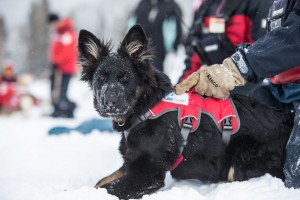
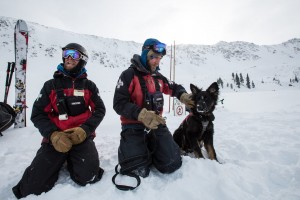
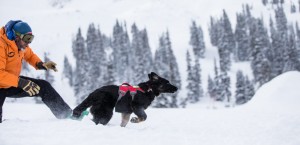
What's it like to be a new dog handler?
C-RAD has some new faces this year, including new avalanche dog Tikka and her handler, Erich! Tikka is eight months old and just started work at Arapahoe Basin Ski Area. We chatted with Erich about his first months as a dog handler.
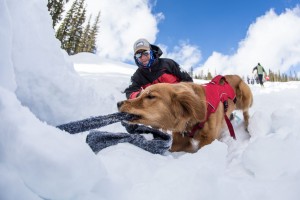
1.Why did you want to be an avalanche dog handler?
I’ve always had a connection with dogs and it was never really a plan, but when I started ski patrolling, I saw an opportunity. It seemed like it would be an awesome thing to do to bring my two passions together.
2. How did you choose Tikka?
We talked to multiple breeders that we had past experience with, either through A-Basin or C-RAD and settled on one that had a litter with timing that worked for us. We visited the puppies at about six weeks old and evaluated them. We examined their curiosity, temperament, drive and a few other behaviors. Ultimately, We felt Tikka had the best chance for success in our program.
3. So far, what’s the most rewarding part of the job?
Watching Tikka grow from 9 weeks old to now and seeing how much she’s progressed and what she’s done; having the opportunity to mold and shape a puppy into a well-behaved dog and getting into the rescue training.
4. What about the most challenging part of the job?
Trying not to make mistakes that will have lasting effects on Tikka's training. That, and feeling like I never have enough time to train with her as much as I'd like. But, I just keep reinforcing positive things and going with my instincts, and it usually works out.
5. Tikka just started work at A-Basin. Tell me about her first few days.
Her first few days have been filled with brand new experiences. Snowmaking guns, snowmobiles, snow cats, being around skis and skiing, and being in a new place up at Patrol Headquarters. She’s been adapting and getting used to her new workplace and everything that comes with it.
6. What’s your favorite part about working with C-RAD?
The camaraderie with the other handlers and the openness and willingness to help each other succeed. Also, having the opportunity to potentially save a life one day.
